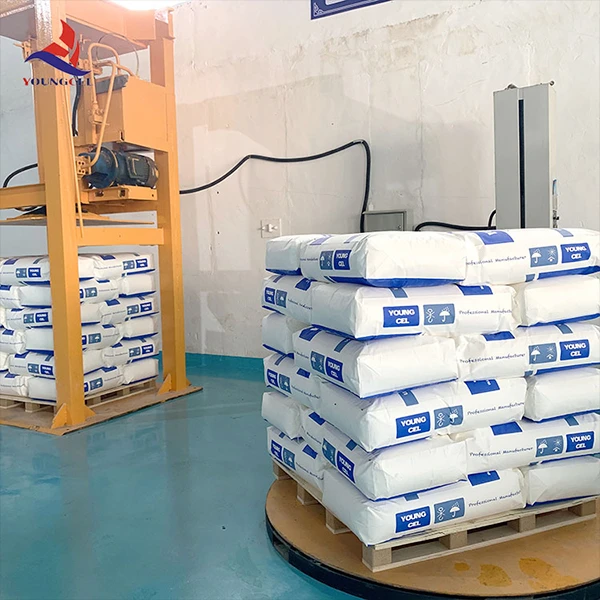The Evolution of Construction and HPMC A Sustainable Approach to Modern Building Solutions
In recent years, the construction industry has been evolving rapidly, propelled by both technological advancements and a growing emphasis on sustainability. Among the materials gaining popularity for their versatility and ecological benefits is Hydroxypropyl Methylcellulose (HPMC). This article will explore the role of HPMC in the construction sector and its potential to transform building practices.
The Evolution of Construction and HPMC A Sustainable Approach to Modern Building Solutions
One of the primary applications of HPMC in construction is as an additive in cement-based materials. When incorporated into mortars and plasters, HPMC enhances workability and improves the adhesion of these materials to surfaces. This is particularly beneficial in applications where high strength and durability are required, such as in tile adhesives and façade systems. The ability of HPMC to retain water also means that it helps prolong the hydration process of cement, thereby improving the mechanical properties of the final product. As a result, construction projects can achieve higher performance and longevity while reducing the need for frequent repairs and replacements.
construction hpmc

Moreover, HPMC also plays a crucial role in the formulation of water-based paints and coatings. The addition of HPMC can significantly enhance the viscosity and stability of these products, allowing for smoother application and better finish. This is particularly important in modern architectural designs that often feature intricate details and textures requiring precise handling of paint and coatings. By utilizing HPMC, contractors can ensure a higher quality aesthetic outcome while reducing overall waste, aligning with the sustainable goals of contemporary building practices.
Another notable aspect of HPMC is its role in creating eco-friendly insulation materials. With the increasing concern for energy efficiency, builders are more focused on creating structures that maintain optimal indoor temperatures. HPMC can be used in the production of insulation boards and panels, contributing to better thermal performance. These materials not only help reduce energy consumption but also enhance the comfort of living spaces, providing occupants with healthier environments.
As the global push for sustainability intensifies, construction companies are adopting HPMC to support their green building initiatives. Certification standards such as LEED (Leadership in Energy and Environmental Design) encourage the use of materials that minimize environmental impact, and HPMC meets several of these criteria. By integrating HPMC into their building processes, companies can significantly reduce their carbon footprints, contributing to an overall reduction in greenhouse gas emissions associated with construction activities.
In conclusion, Hydroxypropyl Methylcellulose (HPMC) represents a significant advancement in the construction industry, offering numerous benefits that align with the principles of sustainability. Its versatile applications, from enhancing building materials to improving the quality of paints and insulation, position HPMC as a vital component in modern construction practices. As awareness of environmental issues continues to grow, we can anticipate a broader adoption of HPMC and similar materials, ultimately leading to more sustainable and efficient building methods. The future of construction may very well depend on innovations like HPMC that bridge the gap between performance and ecological responsibility.






